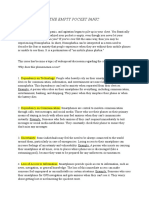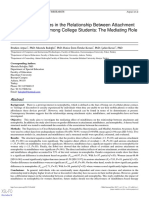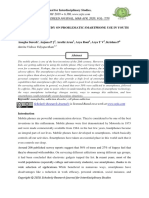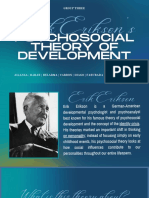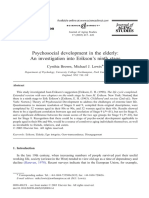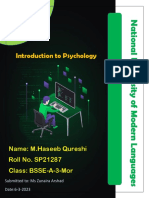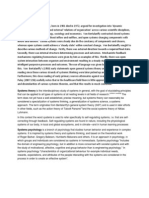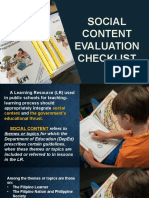0% found this document useful (0 votes)
30 views43 pagesNomophobia Compressed
The document discusses nomophobia, the irrational fear of being without a mobile phone, and its relationship with emotional regulation strategies. It highlights the prevalence of nomophobia among university students and explores treatment approaches, emphasizing the importance of cognitive reappraisal and resilience in managing symptoms. The findings suggest that emotional regulation plays a significant role in the development and maintenance of nomophobia, with resilience acting as a protective factor.
Uploaded by
Mirna CheibanCopyright
© © All Rights Reserved
We take content rights seriously. If you suspect this is your content, claim it here.
Available Formats
Download as PDF, TXT or read online on Scribd
0% found this document useful (0 votes)
30 views43 pagesNomophobia Compressed
The document discusses nomophobia, the irrational fear of being without a mobile phone, and its relationship with emotional regulation strategies. It highlights the prevalence of nomophobia among university students and explores treatment approaches, emphasizing the importance of cognitive reappraisal and resilience in managing symptoms. The findings suggest that emotional regulation plays a significant role in the development and maintenance of nomophobia, with resilience acting as a protective factor.
Uploaded by
Mirna CheibanCopyright
© © All Rights Reserved
We take content rights seriously. If you suspect this is your content, claim it here.
Available Formats
Download as PDF, TXT or read online on Scribd
/ 43
















